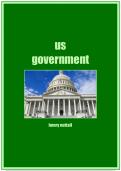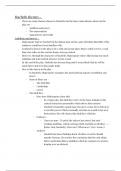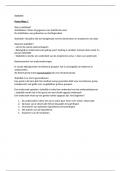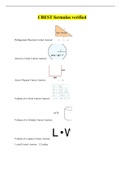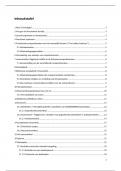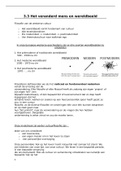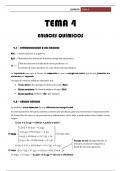Samenvatting
Summary AQA US Government Notes
- Vak
- Instelling
These notes, exploring the governmental institutions and functions of US government, provide detailed, condensed information, accompanied by summary boxes at the end of each page and clear comparative notes with UK government. These notes are a combination of textbook resources, classwork and wider...
[Meer zien]
